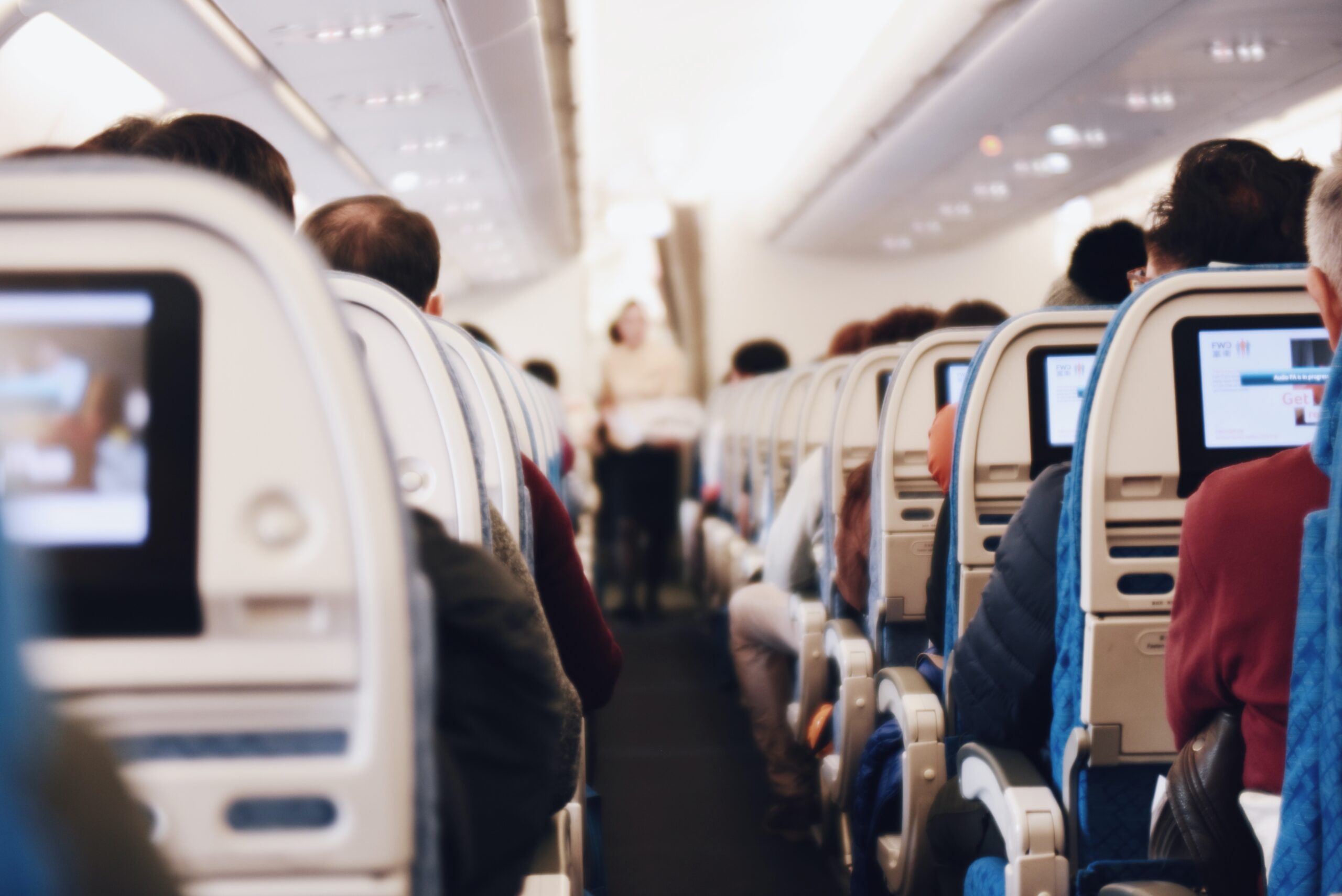An elderly client was a passenger on an international flight, and while he was asleep, he was hit by the drink cart. Though this may have even happened to you, this accident had severe consequences. Like many people who sleep on planes, our client used a neck pillow. While he was asleep, he inadvertently began leaning in the aisle. Because the attendant was rushing, they didn’t check if the aisle was clear. The cart caught the neck pillow and pulled on our client’s head, causing significant pain.
Imagine being in this situation where you are injured on an international flight. You are forced to seek medical treatment in a foreign country when you land. If you were on vacation, this would cost you your time away in addition to the medical bills. Had this been a work trip, your attention would have been shifted away from your primary purpose. One of the most critical elements of this scenario is that the accident occurred while our client was over the Atlantic. When he landed and sought treatment, he grew concerned about how he could recoup his financial losses. He was from Los Angeles, but could an LA-based firm represent him? Would he have to find representation in the country he landed in? In which country would the claim be filed?
The Laws Applicable for an Injury on an International Flight
This is important to remember if you are ever on an international flight. The Montreal Convention exists to protect people who experience what our client did. Getting hit by a drink cart may appear to be a unique set of circumstances, but the Montreal Convention applies to injuries sustained on an international flight. People can be hurt during intense turbulence as easily as they could suffer from food poisoning during a flight. It even applies to damaged luggage.
The Montreal Convention allows people like our client to hold the airline accountable for an injury they receive during an international flight. The airline is responsible for injuries it caused during the flight, and the passenger doesn’t not have to show the airline was negligent, up to a certain amount approximately $175,000. To recover more, you have to prove the airline was negligent.
Here are key points regarding how the Montreal Convention applies to injuries on international flights:
- Scope:
- The Montreal Convention applies to international carriage by air, meaning flights that depart from or arrive at a destination in different countries. It covers both passenger injuries and damage to baggage.
- Liability of the Carrier:
- The Montreal Convention establishes a system of strict liability for the airline. This means that, in most cases, the airline is automatically liable for proven damages up to a certain limit, currently set at Special Drawing Rights (SDRs) as defined by the International Monetary Fund.
- In-Flight Injuries:
- The Convention covers injuries sustained by passengers during the time they are on board the aircraft or during the embarking and disembarking processes.
- Limits of Liability:
- The Convention sets limits on the liability of the air carrier for personal injury or death. However, these limits are relatively high compared to the previous Warsaw Convention, and they are subject to adjustment based on inflation.
- No-Fault Liability:
- The Montreal Convention introduced a “no-fault” liability system for personal injury or death of passengers. This means that the carrier is liable for damages unless it can prove that the injury was not caused by its negligence or other wrongful act.
- Exemptions and Defenses:
- The Montreal Convention includes specific exemptions and defenses for the air carrier, such as limitations on liability in cases where the carrier can prove that the injury resulted solely from the negligence or other wrongful act of a third party.
- Claims Procedure:
- The Convention sets out procedures for making claims, including time limits for bringing actions. Passengers generally have two years from the date of arrival at the destination or the date on which the aircraft was scheduled to arrive to file a legal action.
- Special Drawing Rights (SDRs):
- Damages are calculated in terms of Special Drawing Rights (SDRs), an international monetary unit used by the International Monetary Fund, rather than in the local currency.
It’s important to note that while the Montreal Convention provides a framework for compensation, the specific details of how it applies in a given situation can be complex. Passengers who believe they have a claim for injuries sustained during international flights should seek legal advice. Our office is happy to help – call: 888-712-0017.
Tips if you are Injured on an International Flight
I am not a legal or medical professional, but here are some general tips you may consider if you are injured on an international flight. It’s essential to consult with relevant professionals and authorities for advice tailored to your specific situation:
1. **Notify the Flight Crew:**
– Inform the flight attendants about your injury as soon as possible. They are trained to handle medical emergencies and can provide immediate assistance.
2. **Seek Medical Assistance:**
– Onboard medical professionals or the flight crew may be able to provide basic first aid. If the injury is severe, the flight crew may communicate with ground-based medical personnel for guidance.
3. **Document the Incident:**
– If possible, document the details of the incident, such as the time, location, and circumstances leading to the injury. Take photos of any visible injuries.
4. **Collect Information:**
– Obtain the names and contact information of any witnesses. This information may be useful if you need to file a report or claim later.
5. **Report to Authorities:**
– Upon arrival at your destination, report the incident to the airport authorities or airline representatives. They may guide you on the next steps.
6. **Seek Medical Attention at Your Destination:**
– If your injury requires further medical attention, visit a local hospital or medical facility at your destination. Keep all receipts and documents related to medical expenses.
7. **Contact Your Insurance Provider:**
– If you have travel insurance, contact your insurance provider as soon as possible to report the incident and inquire about the coverage for medical expenses.
8. **Document Expenses:**
– Keep detailed records of all expenses related to the injury, including medical bills, transportation costs, and any other relevant expenses.
9. **Consult Legal Advice:**
– If you believe the injury was due to negligence or misconduct, you may want to consult with legal professionals who specialize in aviation law to explore your options. Our office can help. Call 888-712-0017
10. **Follow Up:**
– Keep a record of your medical condition after the incident and follow up with any necessary medical treatment. If there are long-term consequences, consult with legal and medical professionals.
Remember that the specifics of what you should do can vary depending on the nature and severity of the injury, as well as the airline policies. Always prioritize your health and safety, and seek professional advice when needed.
How We Assisted Our Client, Injured on an International Flight
Despite the accident occurring over the Atlantic, we could make a claim and file a lawsuit in Los Angeles—where the client was from. We recovered money to compensate our client for the money spent on medical bills and his pain and suffering. The moments after an accident are overwhelming, emotional, and confusing (especially if they occur over international waters). Howell, LLP is here to guide you through it and to recover the compensation you are entitled to. Contact our office today to schedule your free consultation.



